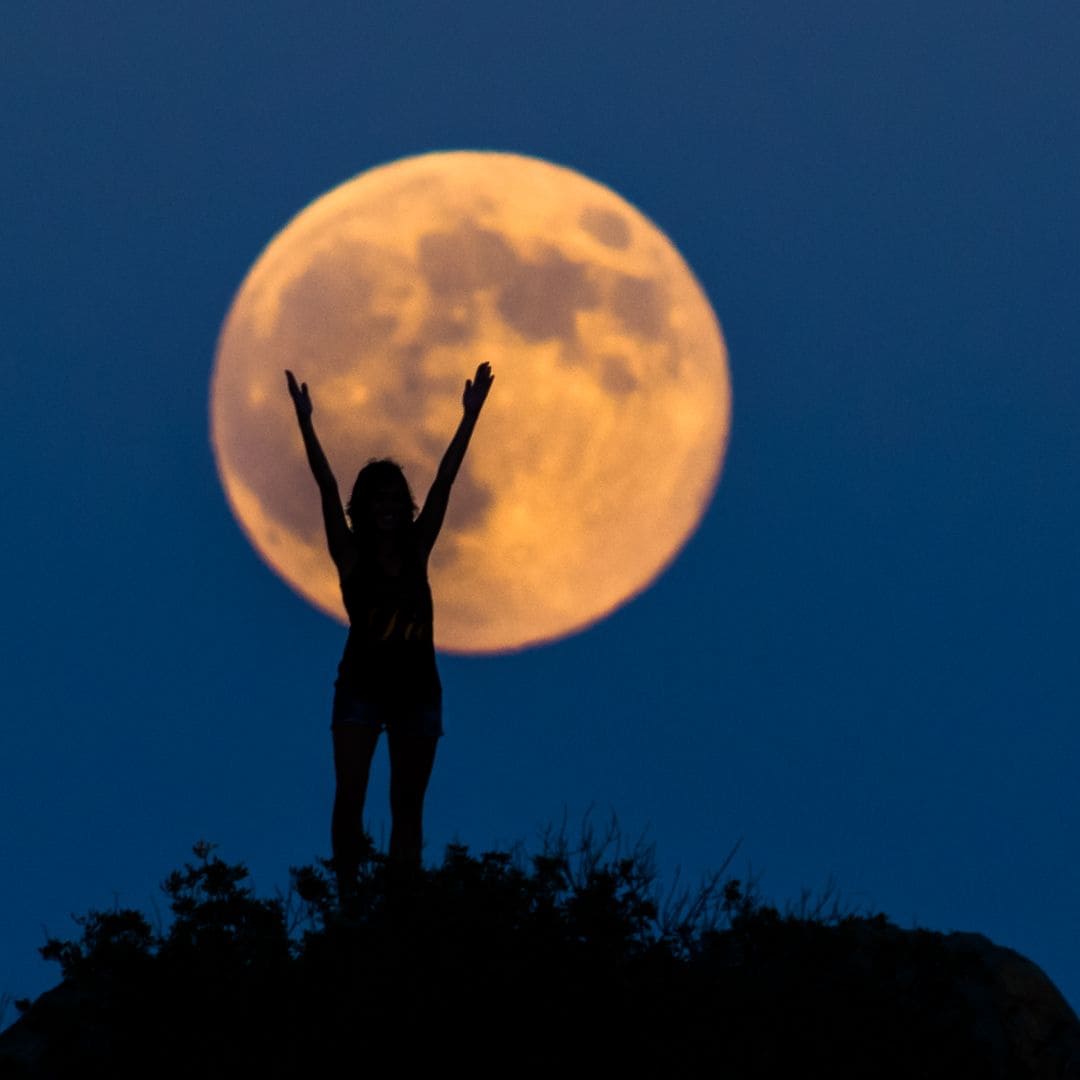Summer 2025 on Earth has been epic, but there's magic happening in the skies too, and we can all be a part of it. The Perseids meteor shower is back, and it’s one of the best sky shows of the year, as bright, fire-like lights streak across the sky. If you're a stargazer, here's what you need to know.
What are the Perseids?
The Perseids meteor shower brings bright trails, flashes, and literal fireballs across the sky. They're called the Perseids because they look like they're coming from the Perseus constellation, but they're actually caused by a comet. NASA says this shower can bring up to 100 meteors an hour.
Where do they come from?
This annual show happens as Earth moves through a dusty trail left behind by the comet Swift-Tuttle, which was discovered in 1862, per NASA. When those tiny pieces of space debris hit our atmosphere, they burn up and create the fiery lights across the sky.
When to watch
The Perseids run through August 23, but the peak is coming up on the nights of August 12–13 when Earth hits the dustiest part of the comet’s trail, per Weather. The moon will be almost full this year (about 84%), which could wash out a lot of the fainter meteors. The American Meteor Society says we could miss up to 75% of the action.
Still, NASA says it’s worth heading out; the fireballs are bright enough to shine through the moonlight. "Fireballs are larger explosions of light and color that can persist longer than an average meteor streak. This is due to the fact that fireballs originate from larger particles of cometary material," NASA explains.
Some people recommend watching later in the month when the moon isn’t as intense. Either way, the key is getting away from city lights.
How to actually watch them
- Head out after 10 p.m. They are best viewed in the Northern Hemisphere and should be the most active from midnight to dawn.
- Find the darkest spot you can. Let your eyes adjust to the darkness for at least 20 minutes.
- No telescope needed. Just lie back and look up.
If you're someone who wants to chase them, hit up a certified Dark Sky Park. Big Bend in Texas, Cherry Springs in Pennsylvania, or remote spots in Utah or Nevada are all top picks. You don’t have to know where Perseus is, just look up and enjoy the show.

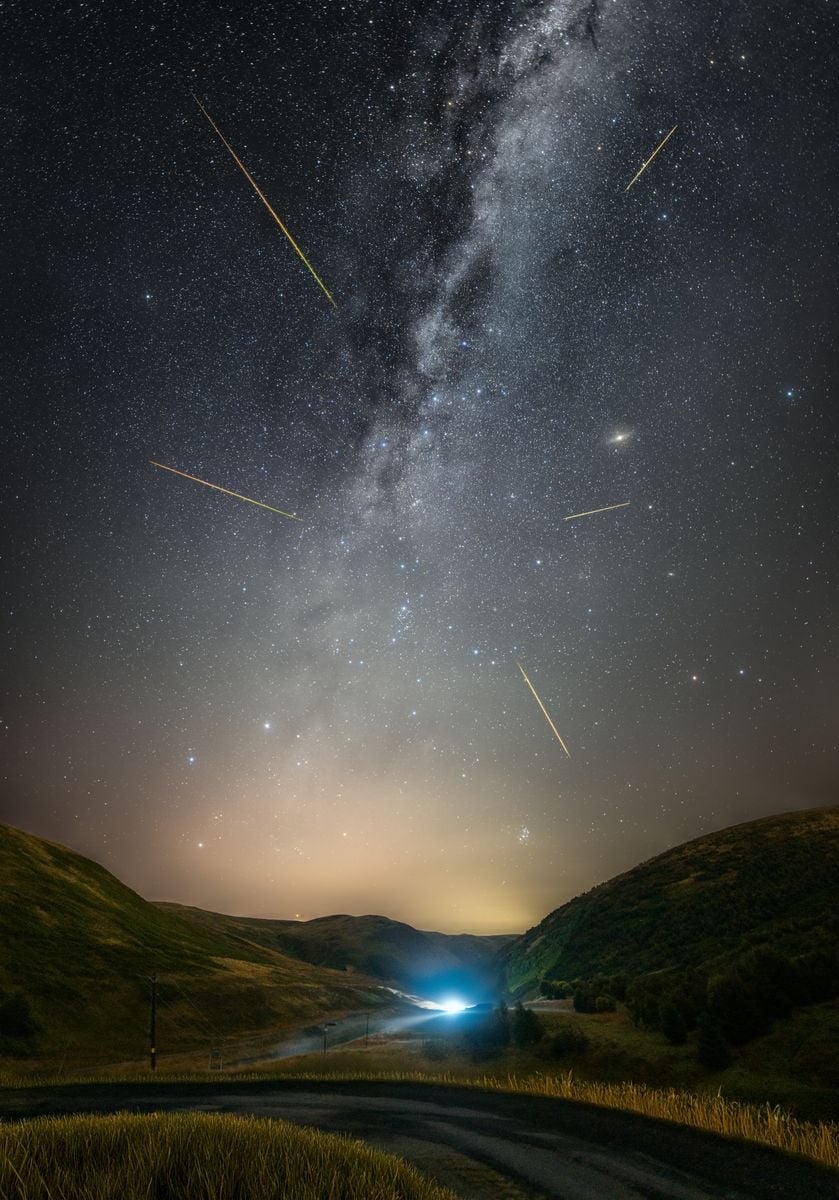
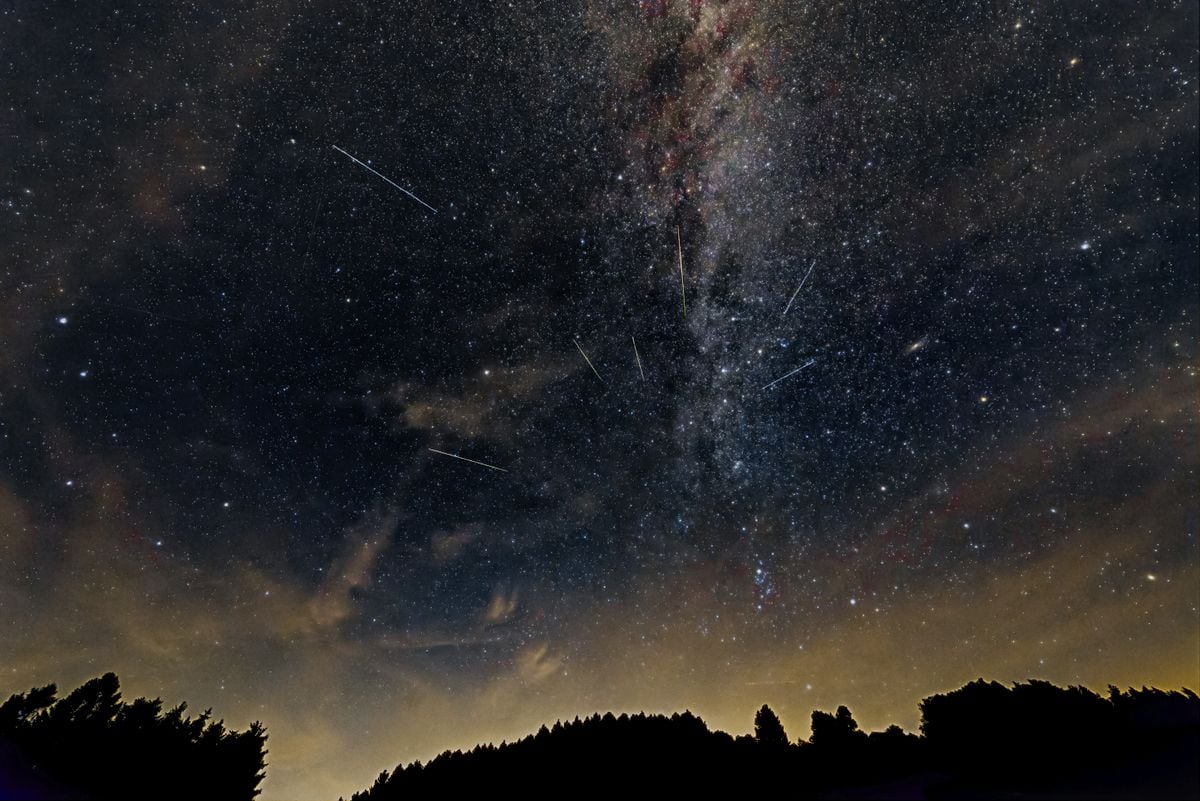
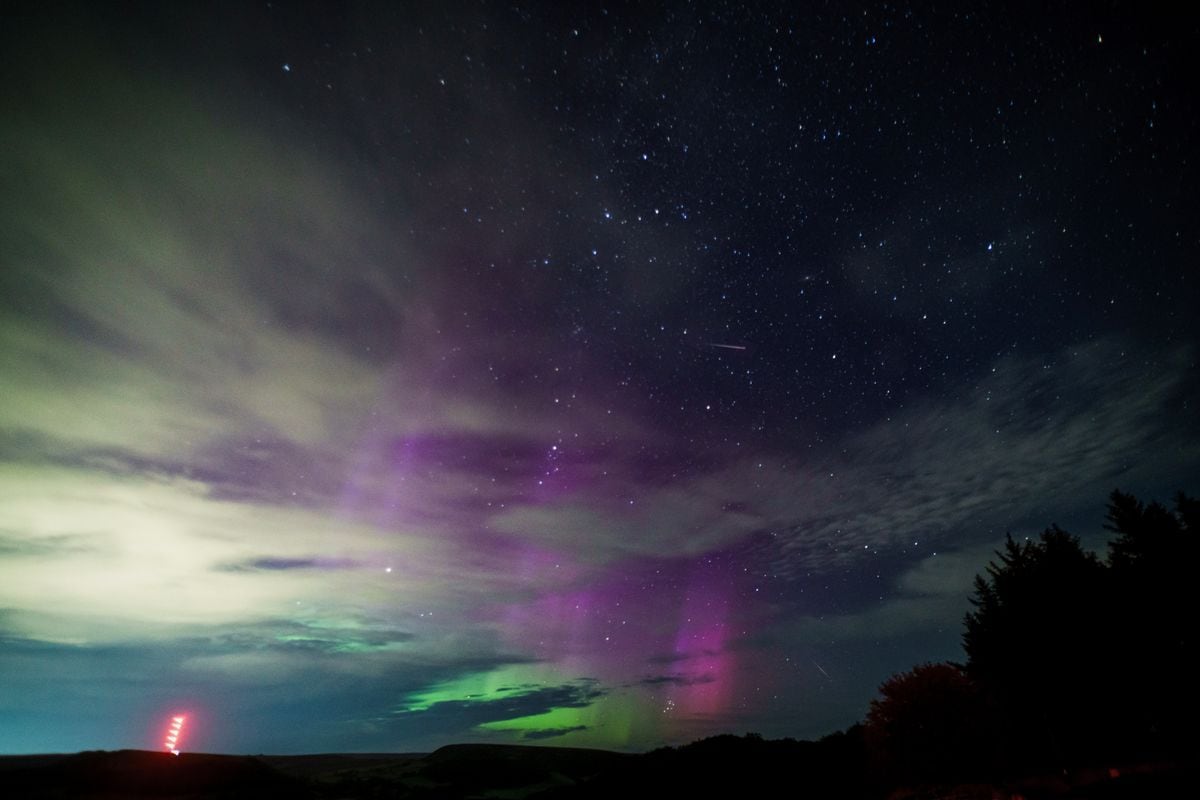
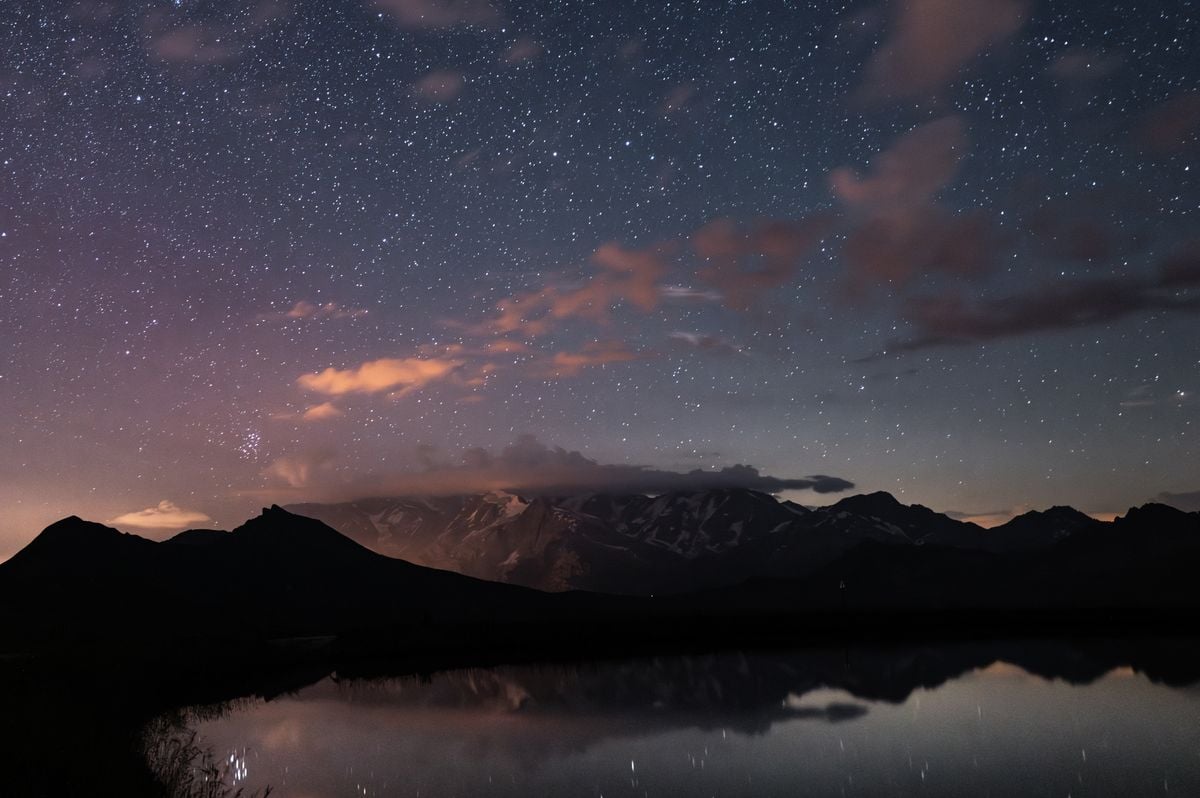
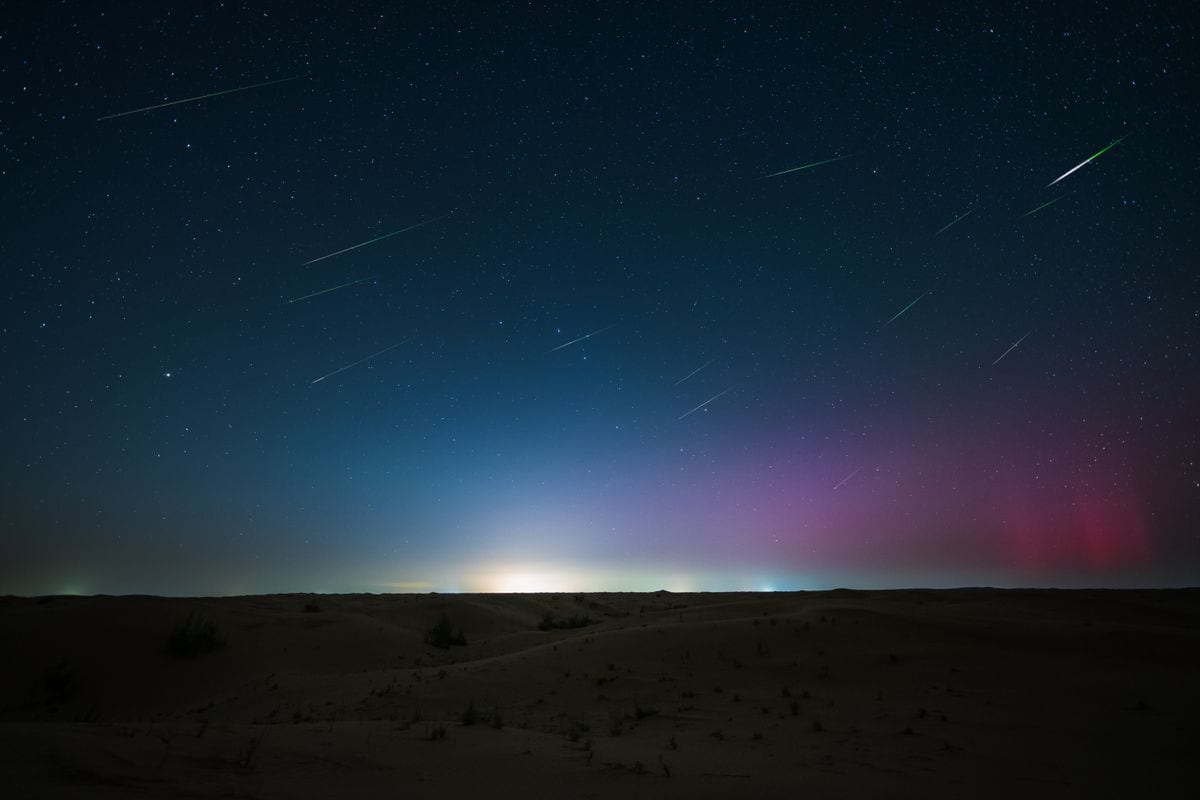
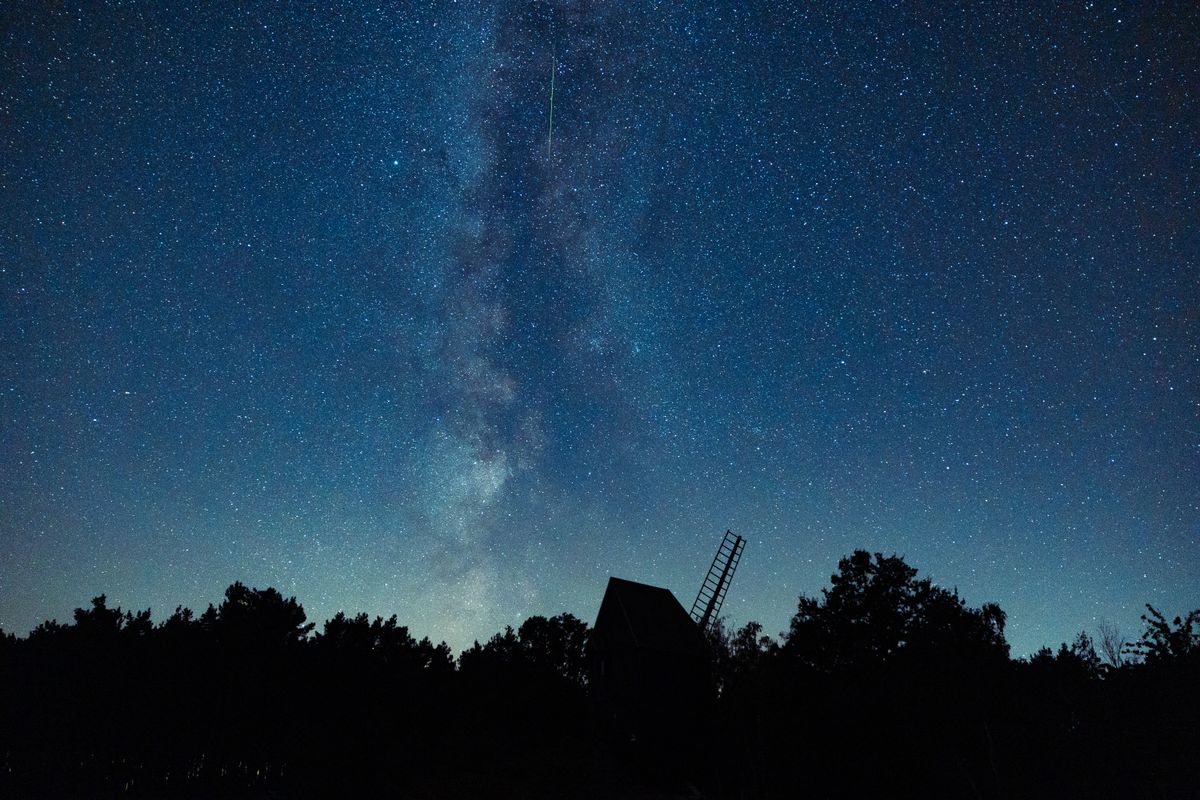


![Michael Jordan and Yvette Prieto take their family to Croatia aboard a $150M superyacht [PHOTOS]](https://www.hola.com/us/horizon/square/8497ab3a3a8c-bkgmjypc250625010.jpg)
